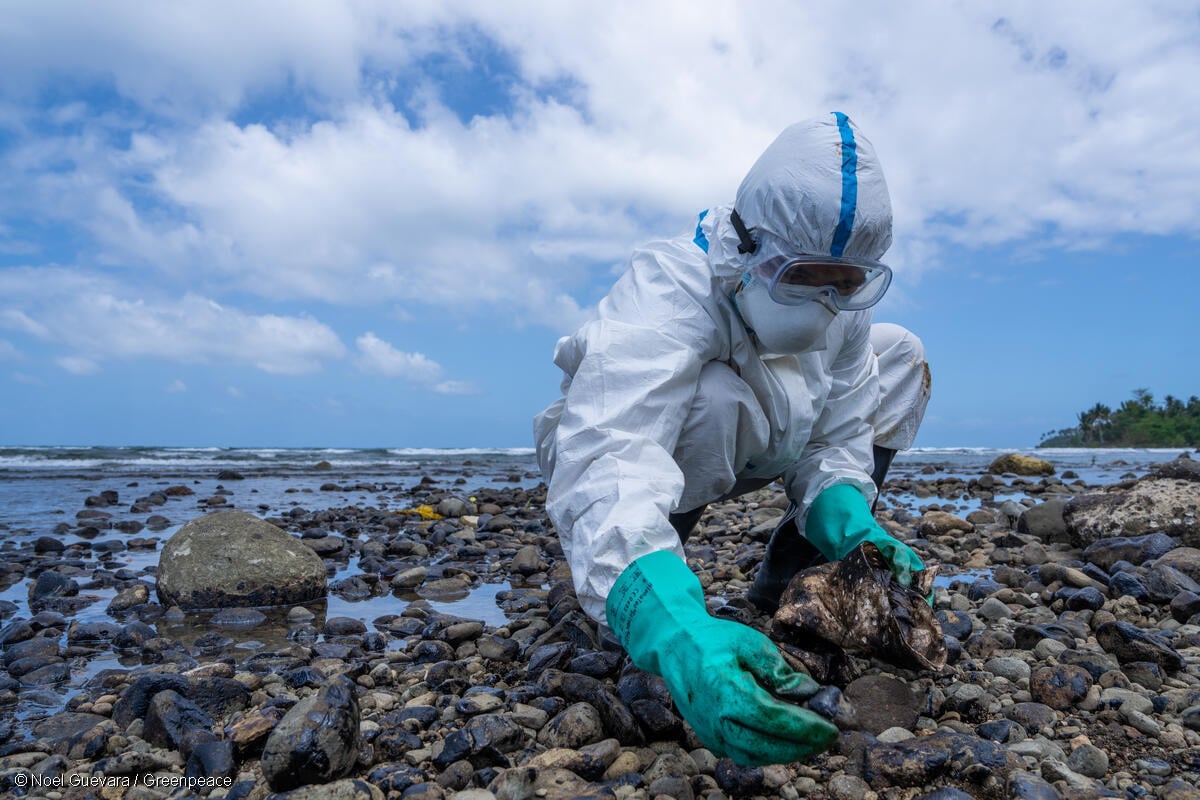Mushroom, pineapple and algae: it sounds like the topping for a rather unusual pizza. In fact, they could be the crucial ingredients in the wardrobe of the future as growing numbers of designers try to create fashion that doesn’t harm the environment.
Examine a garment’s care label and you may find that it was made out of pineapple stalks or cactus leaves, or a tote bag was woven with thread made from banana trees. From mushroom leather to algae T-shirts, the search is on for alternative materials with smaller carbon footprints. And the latest result are carbon-negative clothes made with algae that absorb carbon dioxide from the air.
“Fashion is part of the problem but it’s also part of the solution,” said Nina Marenzi, founder and director of the Sustainable Angle, a not-for-profit organisation which promotes green textiles at its annual Future Fabric Expo. “We begin with materials and making them sustainable, and if fashion supply chains can change, then we start to address that.”
The New York designer Charlotte McCurdy has made a see-through bioplastic mac using algae – specifically algae powder used in vegan food products. She worked with glass casters to find a way to heat the algae and cool it in a controlled fashion to make it transparent. The material is carbon-negative because the algae draw carbon out of the atmosphere, meaning the coat acts as a carbon sink.

“Follow the carbon – where did it come from?” she said. “Has it come from carbon taken out of the atmosphere millions of years ago and put in the ground? We talk a lot about what happens to materials after we use them, but not where they come from in the first place.”
Post Carbon Lab is using the same principle with another algae prototype – clothes that photosynthesise. The start-up in London has created photosynthesis coating, a layer of living algae on the fabric of garments that absorb carbon dioxide and emit oxygen, turning the carbon into sugar. One large T-shirt – nearly a square metre of material – generates about as much oxygen as a six-year-old oak tree, according to the co-founder Dian-Jen Lin.
The start-up has been working with designers and industry to translate its photosynthesis coating into a marketable product, and Lin said it could be used in shoes, backpacks, curtains, pillow cases, umbrellas and building canopies.
The care instructions were rather different to normal clothes, she said. Wearing algae was not without its perils. “You can’t put it into your dark wardrobe. It needs light and carbon dioxide, so you have to put it in a well-ventilated area, like the back of your chair.” Washing machines would harm the algae, so “it’s handwash only – you have to be a bit careful. I wouldn’t recommend this coating for your underwear but maybe for a windbreaker or a jacket.”

Lin and her co-founder Hannes Hulstaert are testing the limits of the coating, which she says can be applied to almost any garments, either as a full coating or a print. “But it might change colour if it’s really upset, if it didn’t like the light or temperature,” Lin said. “Most of the organisms are in the green shade. In the healthy state they are dark brownish green, orangeish green. When it’s unhappy it might turn yellow, orange, brown, purple or white or transparent.”
However, it seems remarkably resilient. “We’ve had samples for three years which have come back to life,” Lin said.
Other textiles include Piñatex, made from pineapple leaves and used by Hugo Boss and H&M, and Mycotex, grown from a mushroom species called mycelium which is also used in insulation. Cactus is the next plant-based leather to emerge, the creation of Desserto, a Mexican company that makes leather from leaves.
The challenges facing the fashion industry in its quest to become greener are huge. The UK throws about 300,000 tonnes of clothes into landfill each year, and some studies suggest global textile production creates 1.2bn tonnes of carbon dioxide a year – more than airlines and shipping combined.


